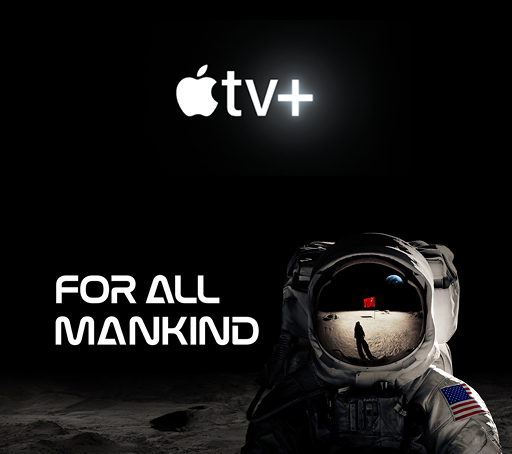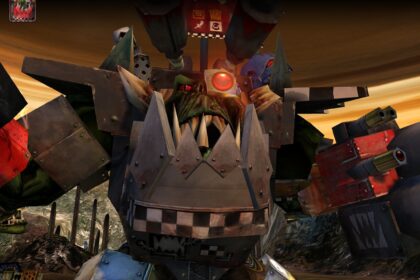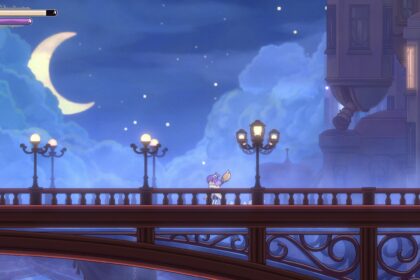Trading Card Games are in an odd place. They’re probably more popular than ever, with more playing them than ever. Given Magic: The Gathering’s recent big focus on crossover events, which makers of Wizards of the Coast keep reporting as being phenomenally successful, they’re probably making more money than ever.
At the same time TCGs are still competing for attention with the last decade’s huge growth in the resurgent board game, miniatures wargame, and roleplaying game communities. They’re also sharing space with digital card games, which give many people the strategic experience of playing a TCG without the social one.
But Magic’s still a juggernaut, with only two long-term competitors really sticking around: The Pokémon TCG and Yu-Gi-Oh, neither of which are actual threats to Magic’s throne. In Pokémon’s case simply because its audience is by necessity either younger or—in many cases—simply speculatively collecting rather than properly playing. Because it’s people actually showing up and playing the game every week that makes it have staying power and value long-term. The wisdom would be that it’s hard to compete well enough with Magic that you’ll actually survive in the world of TCGs, and the road from the ’90s is littered with literally hundreds of dead ones that didn’t measure up.
So the conventional wisdom would tell Riot Games not to publish Riftbound: The League of Legends card game—but they have, and perhaps the hunger is actually there this time. Their initial print run, despite a few errors, has vanished off shelves and is being scalped at incredible rates. The League of Legends name, the decade-plus driving force of Riot’s success, has clearly got enough cachet to punch into the TCG market. Whether it has the staying power to stick with it is another question entirely—to do well it’ll have to attract people who aren’t solely interested in LoL, but TCG hardliners who’re in it to show up and play the game at their local multiple times a month, or travel to conventions for tournaments. That’s the kind of loyalty that makes TCGs succeed.
A match of Riftbound uses a 40-card deck that focuses on a single one of League of Legends’ many Champions, who add their own unique cards representing themselves and their abilities from two of Riftbound’s six Domains—the colors and theme of the cards you play and the rune resources you draw power from. Decks can’t have cards that don’t fit their core Champion. Like most modern TCGs, the deck doesn’t include the resource you draw power from—those come into play two at a time, every turn, from a 12-card deck of colored runes. To play cards they’re either temporarily exhausted or sent back to their draw pile as you play cards.
So far so good, right? If you play Magic you almost certainly recognize two elements that are important here because they’re key to the popular Commander format. In Commander, you quickly and pretty reliably gain (and sometimes lose) resources to play cards with, and your entire deck is built around the identity and theme of a single character. It’s commonly played very socially in multiplayer “pods” that vary from place to place.
Problematically for Magic, Commander is played with a 100-card deck that doesn’t work with Magic’s competitive formats, and some players even complain of it driving down interest in Magic’s competitive 60-card formats. For these players, between the format conflict and the sometimes-unwelcome crossover events, Magic is fighting itself.
Riftbound, on the other hand, uses the one-deck format for its entire current ruleset, which is designed from the ground up to work in two-player duels, two-on-two team games, and four-player free for alls. It’s designed so that the same decks you use for your social multiplayer format are also suited—or at least compatible with—more competitive play. It’s also designed such that I think you could even play draft or sealed formats with that same flexibility. (Clutch for retaining players like me, who enjoy plopping down money on the exciting uncertainty of a sealed event but don’t really want to collect.)

I might add, after playing a dozen matches of Riftbound, it actually does seem to work well that way. It’s naturally scaling, with players fighting for control of battlefields that their own deck brings to the table each match. Controlling a battlefield brings points, and points bring victory, but the basic mechanics of Riftbound mean that only two players at a time can contest a battlefield, with an attacker either taking it over or retreating by the end of their turn. There are also relatively limited windows when you can play cards that react to or alter combats between units, but you can still invite chaos by bringing outside players into any given two-person conflict. In short, the madcap complexity of Magic-style priority rules and turns and phases don’t come up nearly as often.

I never felt like I needed a judge at my own home game table, but I did come across plenty of interesting corner cases that required a look at the rules. In short, even when it’s complicated and the choices are interesting, the overall format is fairly simple. It’s a clear sign that Riftbound’s core rules and initial sets were designed for both casual and competitive play.
What also makes me think that Riftbound could pull it off is that I don’t question Riot’s ability to push a good tabletop game. Their 2016 board game release Mechs vs. Minions was a damn good game. It hasn’t been reprinted recently, and sells for several times its original price on the secondary market. Similarly, Riftbound primary publisher UVS has managed to keep their other card games alive in the crowded, cutthroat market.
But it’s good enough that even if Riftbound doesn’t take off it may well develop a cult community that keeps playing it—like the much-bereaved Android: Netrunner or killed-then-revived miniatures game Heroscape. For my part, I’ll be watching Riftbound progress with interest. If they can keep up the pace of interesting game design, good releases, and meet demand they’ll have a strong start. If they can draw interested players from other card games, especially ones who don’t know jack about League of Legends’ many characters, then I think they might be onto something.
Read the full article here










